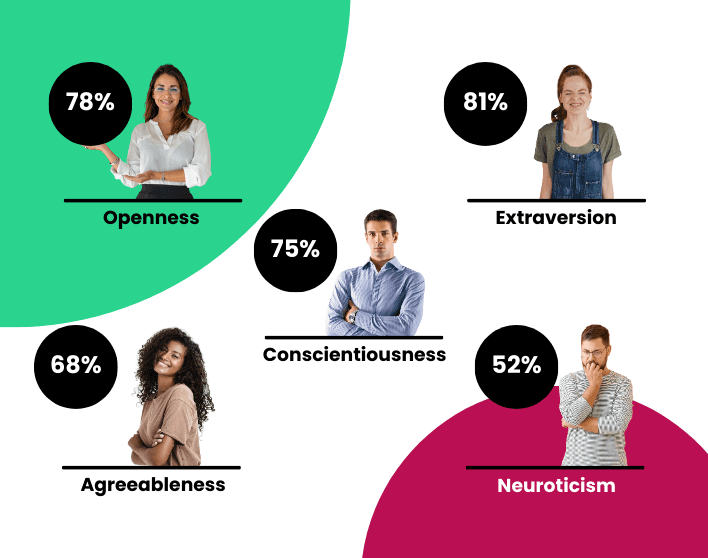The Bryq Team
HR Experts
The phenomenon of discrimination in the workplace had been - and still is - an issue for most companies worldwide. Could blind screening be a way to mitigate this issue?
An alarming 78% of black and ethnic minority employees were sometimes or often excluded from any decision making process. Additionally, hiring discrimination has not declined in the past 25 years against black job seekers in the U.S.A.
Some recruiters tend to discriminate unintentionally by falling into the pitfalls of cognitive biases during the hiring process. A trustworthy solution to discrimination is implementing an increasingly popular hiring approach - “blind screening.”
What is Blind Screening?
When implementing blind screening, personally identifiable information about candidates is removed and disregarded. Recruiters become “blind” to any information that might trigger unconscious biases. This information includes:
Gender
Age
Name
Academic Qualifications
Racial Background
Personal Interests
This method was initially implemented in the ‘70s. The Boston Symphony Orchestra pioneered blind auditions to counter the almost exclusively white male musician industry in order to create a more diverse orchestra. A study by Harvard and Princeton researchers revealed that the blind audition increased females’ chances to be hired by nearly 100%.
But blind auditions are also very popular in the 21st century too, especially after the TV show “The Voice” surfaced this type of “candidate screening” since it started airing.
Of course, the blind screening process might have started in the music industry, but it was not long before changing the corporate hiring landscape.
The Benefits of Blind Screening
Diversity and inclusion in the workplace has proven to be directly correlated with an increase in revenue. Companies can achieve tangible results in revenue, since a 1% increase in gender diversity has a 3% impact in increasing revenue, whereas a 1% increase in racial equality has 9%. Blind screening creates a bias-free process from the get-go.
By “placing a blindfold” on recruiters through this process, it is possible to extract several benefits:
Bias control: by omitting all personally identifiable information on a candidate, you achieve focusing on the two things that matter most: his/her personality and raw skill. No judgment or unconscious bias is possible when there is no information to lead to the above.
An increased pool of candidates: removing unconscious biases will incentivize reluctant candidates because of past bias to apply for a job opening. This gives diverse employers’ more choices. The best application to manage this process would be an HR tech solution (e.g.: Bryq).
Meritocracy: blind screening allows you to reduce unconscious bias and focus on candidates who deserve the job the most, based on suitability of skills and personality traits.
Increased Diversity: DE&I and its benefits are here to stay. The blind screening process helps increase diversity by removing the recruiters’ unconscious biases. It also broadens the scope of suitable candidates.
Higher Skilled Individuals: high-skilled individuals are likely to be the ones able to surpass the bias-free assessments, adding significant human capital to any company.
So, what’s next?
When you are searching for a blind screening process, what features should you be looking out for in an HR tool?
Scientifically Based: ensures that the assessment isn’t based on a hunch, but rather on concrete scientific evidence.
Streamlined: the entire recruiting team should be able to assess candidates based on the same criteria.
Candidate Experience: a candidate-friendly assessment alleviates a candidates nerves.
User Experience: having an easy user-interface (e.g. recruiters and hiring managers) to interpret the results with ease and maximize their use.
Value for money: assessments should be accessible to everyone - not just Fortune 500 companies.
Validity and Reliability: validity assures that the scales measure the variables they’re supposed to. Reliability ensures that the validity is consistent.
There are ample opportunities to try different blind screening processes to assess your candidates. Do your research and choose one that is the most convenient for you and your recruiting team.
Want to learn more about how Bryq battles bias? Book a free demo with the Bryq Customer Success Team to see how our talent intelligence works!









